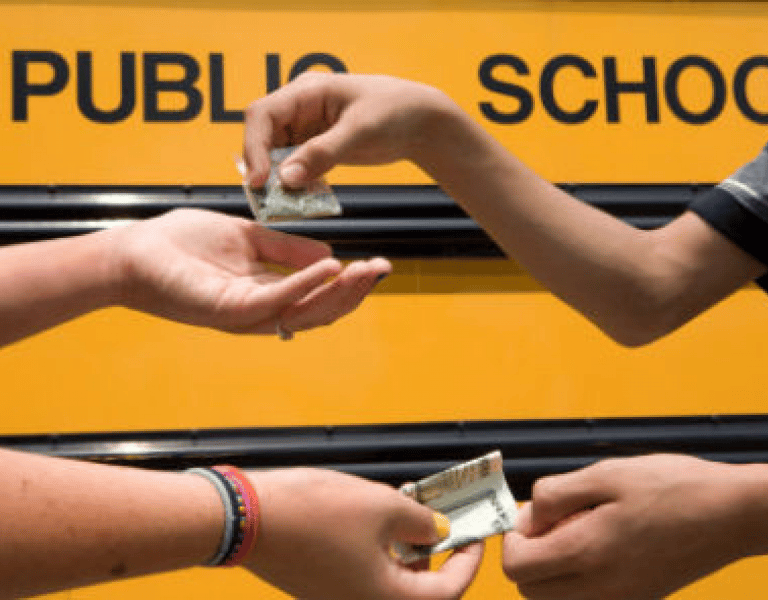The BAD NEWS keeps getting WORSE in many places when it comes to the challenges districts face in addressing students' SUBTANCE ABUSE.
School health workers in most districts report that they are facing challenges in trying to curb the numbers of students who are vaping and abusing alcohol, marijuana, and opioids, according to an EdWeek Research Center survey that polled 3,480 school-based health professionals in March.
Sixty-seven percent of the respondents said student vaping, smoking, and/or chewing tobacco products is “a challenge” or “a major challenge” to deal with in their districts. Student marijuana use is “a challenge” or “a major challenge” for 56 percent of respondents; 40 percent said the same for alcohol; and 23 percent for opioid use.
NATIONWIDE, the number of adolescents who report that they’ve used or are using substances held steady in 2022 after a decline in 2021, according to the most recent data from the National Institute on Drug Abuse.
But an OVERWHELMING MAJORITY of school-based health professionals reported seeing an increase in the number of students using marijuana (72 percent) or vaping/smoking/chewing tobacco (83 percent) since 2019, the EdWeek Research Center survey found.
“Many students have been vaping, and some are using substances in vaping that cause them to hallucinate and have very high heart rates, sometimes needing to be evaluated at the emergency room,” said a nurse from Indiana in an open-ended response to the EdWeek Research Center survey.
Experts attributed the increase that school-based health professionals are seeing to the worsening YOUTH MENTAL HEALTH CRISIS, because substance use is often a coping mechanism for poor mental health.
While student substance abuse isn’t a new challenge for school districts, there are new factors making it more difficult for districts to address these challenges.
The substances that adolescents are experimenting with today “are much more DEADLY and much more ADDICTIVE than some of the prior ones we’ve seen,” said Darrell Sampson, the executive director of student services for the Arlington Public Schools in Virginia.
One example is fentanyl, a potent synthetic opioid drug. It only takes a very small amount for someone to get high, and it’s so strong that one could easily overdose or die from it, Sampson said.
In fact, FENTANYL and related substances have contributed to a DRAMATIC RISE IN DRUG OVERDOSE DEATHS in the UNITED STATES, according to the National Institute on Drug Abuse.
Vape pens have also made it more difficult for educators to catch students who are using drugs because they aren’t as obvious as cigarettes, experts said. And the normalization and legalization of adult marijuana use might also be contributing to students’ use of it.
SUBSTANCE ABUSE can negatively affect students’ learning, memory, and attention, according to experts, so schools have good reason to address these challenges head on.
When asked what their school or district is doing to address STUDENTS' MENTAL HEALTH/SUBSTANCE USE challenges, the top five answers from school-based health professionals were:
1. Providing MENTAL HEALTH CARE through community partnerships
2. In-School, one-on-one therapy
3. Training all staff to flag issues
4. Training staff to offer support
5. Keeping NALOXONE (medicine that treats opioid overdoses)

